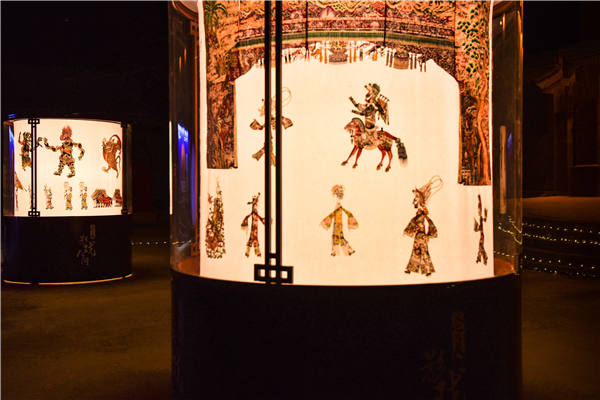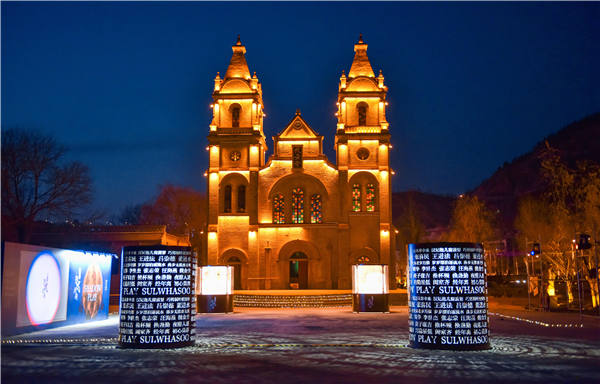Shaanxi shadow play finds takers
By Cheng Yuezhu | China Daily | Updated: 2021-01-14 10:13

"In the old days when shadow play flourished, our village had such performances all the time. My teacher used to perform at least 300 days every year. People from neighboring villages would come to our village in the middle of the night just to see a performance," Wang says.
He recalls that those days were his happiest, traveling around performing and attending other performances. "I used to travel for 40 to 50 days performing. I was doing something I enjoyed, and I got paid for it, as well as lodging. I couldn't be happier."
Meanwhile, he says he is saddened by the decline of shadow play. In recent years, requests for performances have reduced, and now he performs shows only a few times in a year. Most of his students are over age 50, which is another worrying prospect.
Wang is working with film and stage projects to innovate upon shadow play, including singing Chinese opera in a play that replaced shadow puppets with real performers.
"The audience enjoyed the performance a lot, including a lot of small children. So I won't say that shadow play is too traditional and obscure. As long as the method is right, everyone can enjoy it, especially something this good," Wang says.
The play Chang Zhi Gui took place in a church at the former site of the Lu Xun Academy of Art in Yan'an, an institution established in 1938 during the War of Resistance Against Japanese Aggression (1931-45), aimed at cultivating artistic and literary talent. The venue in its glory days witnessed classic performances, including Chinese opera The White-Haired Girl and Chinese song The Yellow River Cantata.
Zhang says to maximize the acoustic quality of the building, no amplifier was used in the recent performance, and the space was also fully put to use, with performances happening not only on the front stage, but in every corner of the church.
"The arrangement was initially a necessary adaptation because of the limited church space, but limitations often give rise to unexpected highlights," Zhang says.
The Tsinghua University Sulwhasoo Intangible Cultural Heritage Protection Fund was launched in August 2017 by the university and South Korean skin-care brand Sulwhasoo.
Each year the project focuses on researching, promoting and protecting an intangible cultural art form.
Apart from the play, last year's project's achievements included two short documentaries about Shaanxi shadow play, and two publications on the art form.

The team went on three field trips to Shaanxi, visiting and interviewing experts and practitioners of shadow play. It also collected texts, photos and videos, and hosted seminars and workshops to discuss innovation and inheritance.
"Every year we invite scholars and artists, and together discuss the problems faced in taking intangible cultural heritage forward, exchange our experiences and present the work we have done in the past year," Su says.
An unexpected finding during their trip last year was a manuscript from 71-year-old shadow-play artist Zhang Zhirong, according to Chen Anying, the project's chief expert.
"During our discussions, we came to realize this artist is different from others. He researches the art form in addition to performing. Then, he showed us the shadow-play scripts he had collected and written," Chen says.
"He pulled out manuscripts from a tattered envelope and told us that it was a history of the regional shadow play."
The manuscripts were written by Zhang Zhirong 10 years ago. He can now publish them as a book as part of the intangible heritage fund project.
The fund supported lacquer craft of Shanxi province in 2018, metalwork of Yunnan province in 2019 and Shaanxi shadow play in 2020.This year, Cantonese embroidery will be its focus.
























